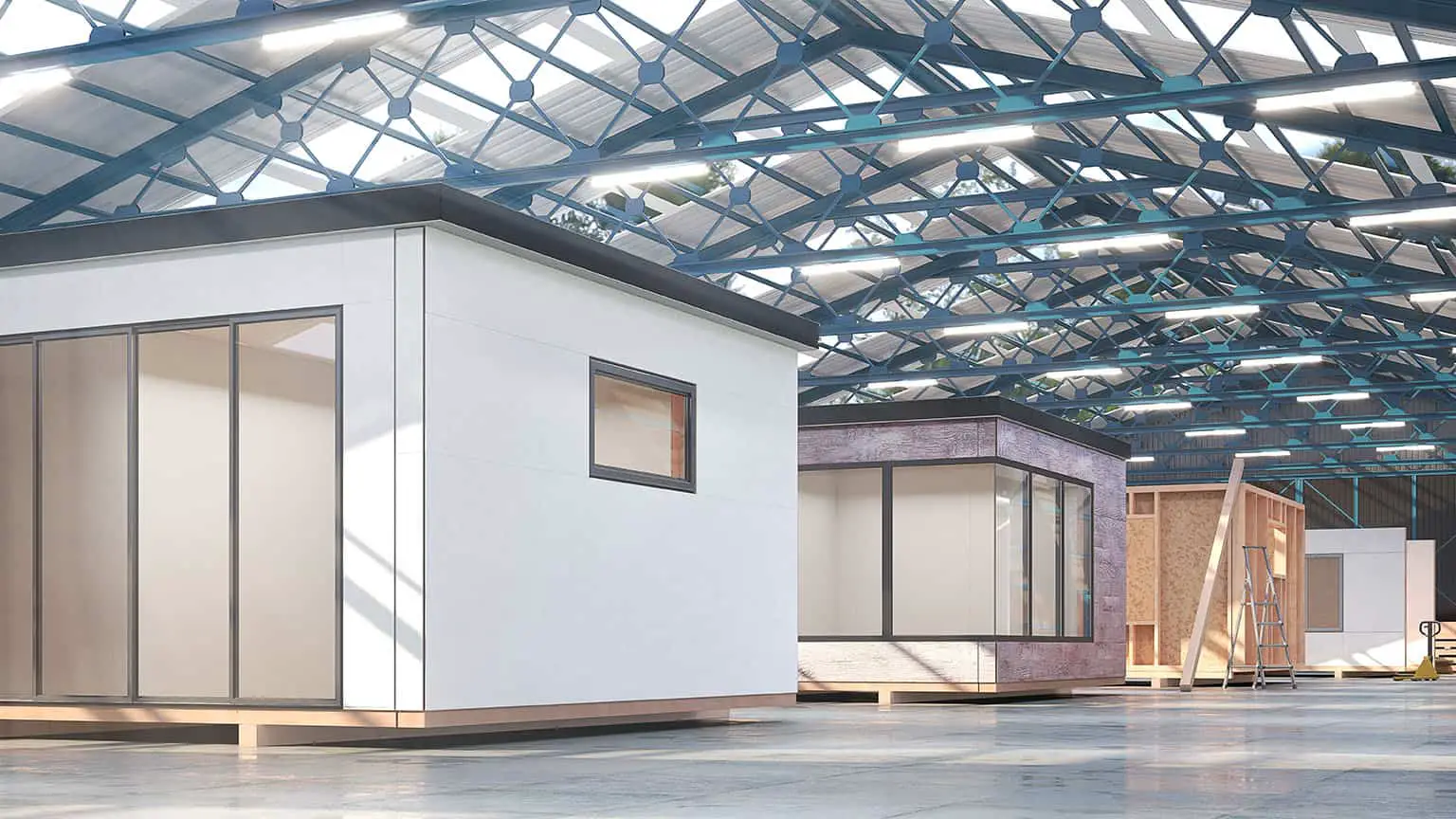Once the modular home construction is finished, there is no actual “underside” to this type of house. Since modular homes are always attached to permanent foundations, their underside is irrelevant. However, the underside becomes a vital aspect to consider among those types of houses that aren’t designed to be permanently attached to one location.
Types of non-permanent houses with an underside:
- Manufactured homes
- Mobile homes
- Tiny homes
Modular homes are often misunderstood because their construction process looks similar to that of non-permanent homes. However, modular homes are always required to be treated as permanent constructions, and as such, they adhere to the building regulations designed for permanent construction.
What type of house classifies as a non-permanent construction?
The most common non-permanent houses in the United States are manufactured homes, mobile homes, and most tiny homes. Non-permanent houses are built with the primary purpose of being easily transportable.
Permanent and non-permanent structures are built differently since they follow different building regulations. Permanent homes are designed and built to be set in one precise location and, therefore, can adhere to the local building codes. However, since the location of a non-permanent location varies, these constructions are always regulated at a Federal level by the HUD Codes [1].
The importance of an underside in non-permanent constructions
The HUD Codes certify that non-permanent constructions can be safely transported not only from the factory to the plot but as often as desired. To fulfill the mobility purpose, non-permanent houses are always built on a steel frame chassis that acts as an integrated foundation. Therefore, if you were to look at the bottom of a non-permanent prefab home, you would see a metallic frame covering the entire base of the house.
Because of this frame, it is common to refer to non-permanent homes as on-frame constructions. The frame provides a sturdy base that stabilizes the house while sitting on a non-permanent pier foundation [2]. Though it also offers transportation support since both the tongue connecting to the truck and the axles holding the wheels are directly drilled into the frame [3].
Modular homes have no underside
The confusion between manufactured and modular homes is widespread, and it is possible to encounter some homes labeled as on-frame modular homes. However, despite the naming confusion, real modular homes are always off-frame and built according to the building codes. Therefore, modular homes will never have a steel chassis on their underside.
References:
- (2015, 9 July) What you need to know about the HUD Code Home FirstTM https://homefirstcertified.com/what-you-need-to-know-about-the-hud-code/
- Manufactured Housing Research Alliance (2002, March 27) Guide to foundation and support systems for manufactured homes PATH (Partnership for Advancing Technology in Housing), New York, NY https://www.huduser.gov/portal/Publications/PDF/foundations_guide.pdf
- MindMule Acres (2020, 11 June) Moving a mobile home YouTube https://www.youtube.com/watch?v=hKKZ32CDh7Q
- Turn-Key and Custom Modular Homes West Built Homes https://www.westbuilt.com.au/turnkey-and-custom-modular-homes



